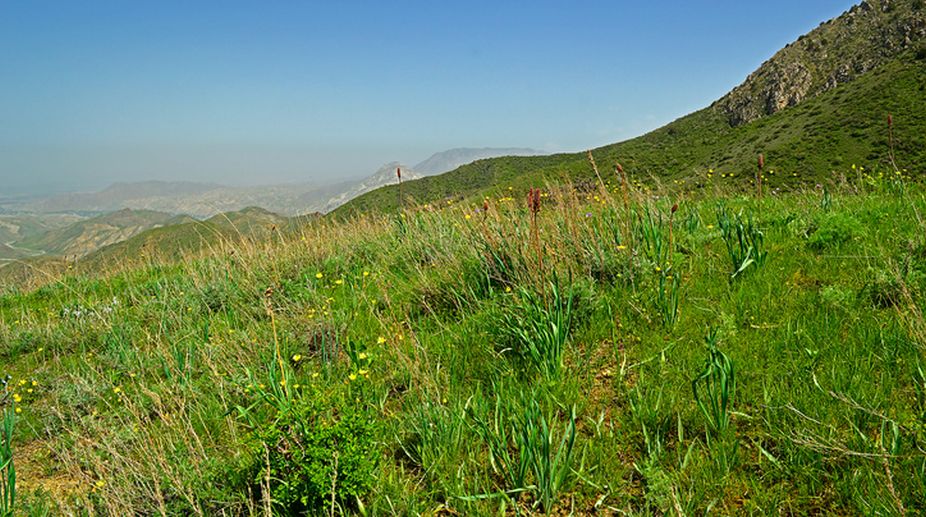“It has been an arduous task to keep a check on people collecting invaluable medicinal herbs from Great Himalayan National Park. But with concerted efforts, we have been able do it,” said Om Prakash, a forest guard at the park.
Known for rich biodiversity, the national park in Himachal Pradesh has remained a source of income for centuries for locals, who used to collect medicinal herbs. The herbs as wild garlic, Guggal Dhoop (Jurinea Macrocephala), Patish, Bheni, Morel mushrooms have been an easy source of income for them as these fetches handsome price in the market.
Advertisement
These medicinal herbs are most sought after in national and international markets as they fetch a price between Rs 20,000 to one to Rs 1-1.50 lakh per kilogram.
Several species of herbs rapidly depleted, which include Picrorhiza Kurroa, Jurinea Macrocephala, Dactylorhiza Hatagirea, Aconitum Heterophyllum while herbs as Dioscorea Deltoidea, Nardostachys Grandiflora, Podophyllum Hexandrum, Texus Wallichiana are already listed as critically endangered.
Most of these herbs are used for preparing drugs in Allopathic, Ayurvedic and Unani medicinal systems.
Locals venture into the thick forests in the Great Himalayan National Park (GHNP) in groups of 4-5 persons to collect the herbs illegally in the winters. They carry all necessary items for their stay, up to a week or so in the jungles and return after gathering the herbs, said an official on the condition of anonymity.
“The major challenge in curbing such activities is the vastness of the GHNP area as locals sneak into from unmanned areas. Though we keep a check on such elements and even set up camps in vulnerable areas, yet it’s hard to keep vigil on all routes,” said an official.
Many a time, it has been seen that locals enter the forest area on the pretext of visiting local deities and collect herbs. “We cannot check their bags as locals consider it a sacrilege if we touch those items, being carried for the deity. It is a highly sensitive issue,” said local forest guard Manoj.
Forest officer Roshan Chaudhary said to curb poaching of wild animals and preserve medicinal herbs, the GHNP authorities have decided to set up trap cameras on the routes taken by miscreants. “The authorities carry out activities to spread awareness on conservation of flora and fauna in the national park, which are gradually bringing results,” Chaudhary said.
He said besides this, the locals are being involved in conservation of biodiversity at the park. During winters, many local youth is being employed in the area to protect it from poachers. “The locals knew about the routes which are usually taken by poachers,” he said.
The administration has already paid Rs 1.8 Crore to 369 families to settle their rights. Several others, who did not have such traditional rights, but depended on the park for their livelihood, the forest administration began income generation programs particularly ecotourism and self help groups.
The GHNP was declared a UNESCO World Heritage Site on June 23, 2014 and it is spread over an area of 754 sq km.











